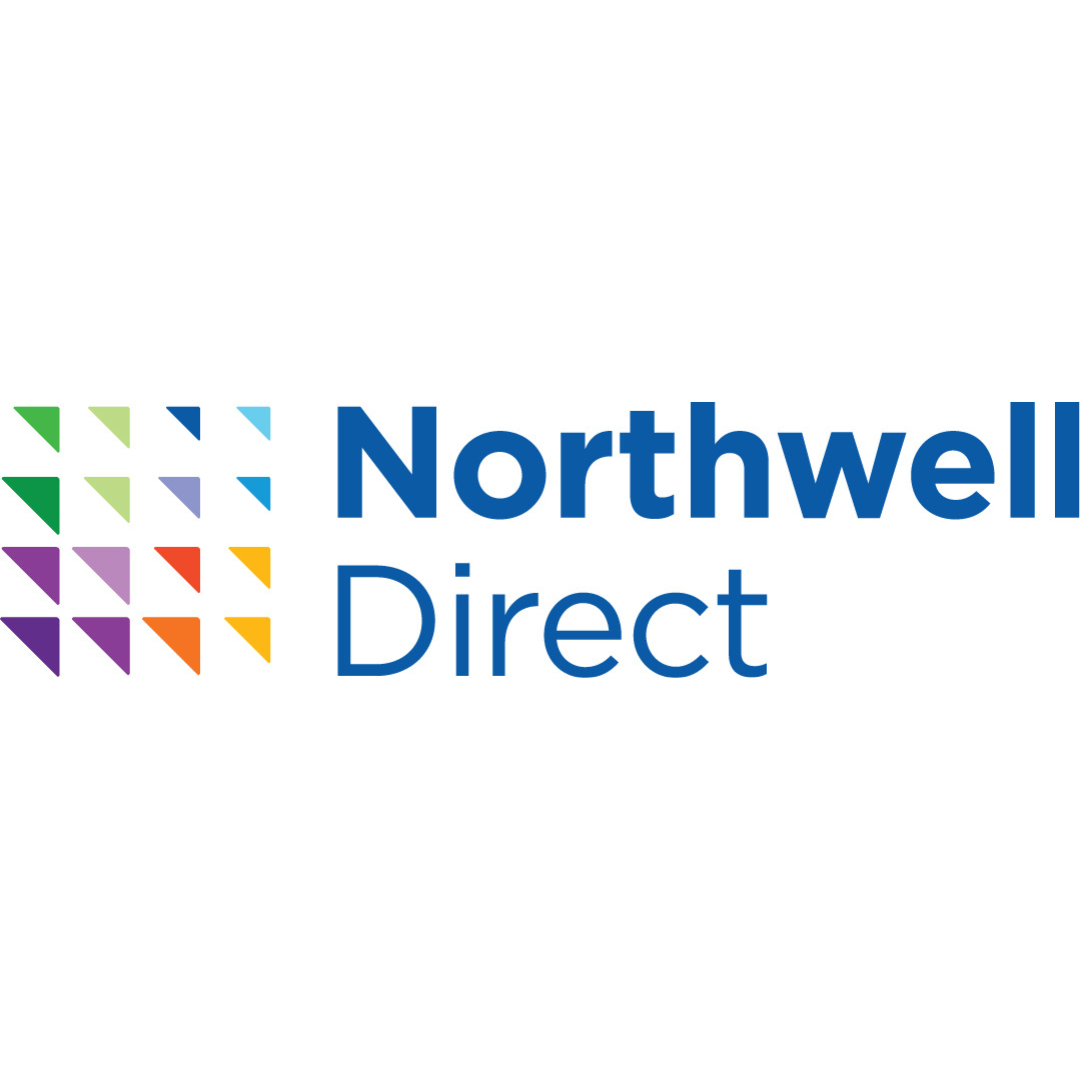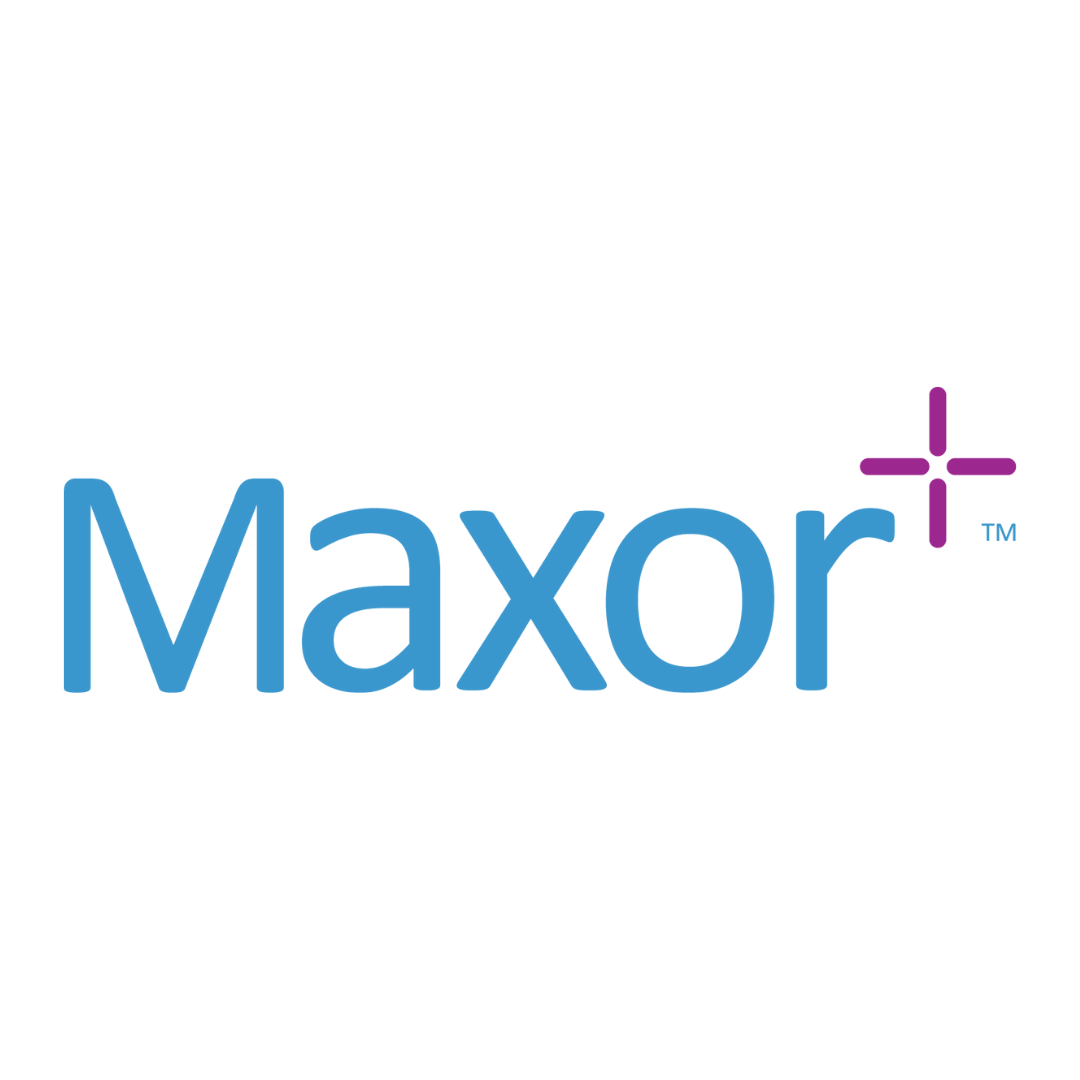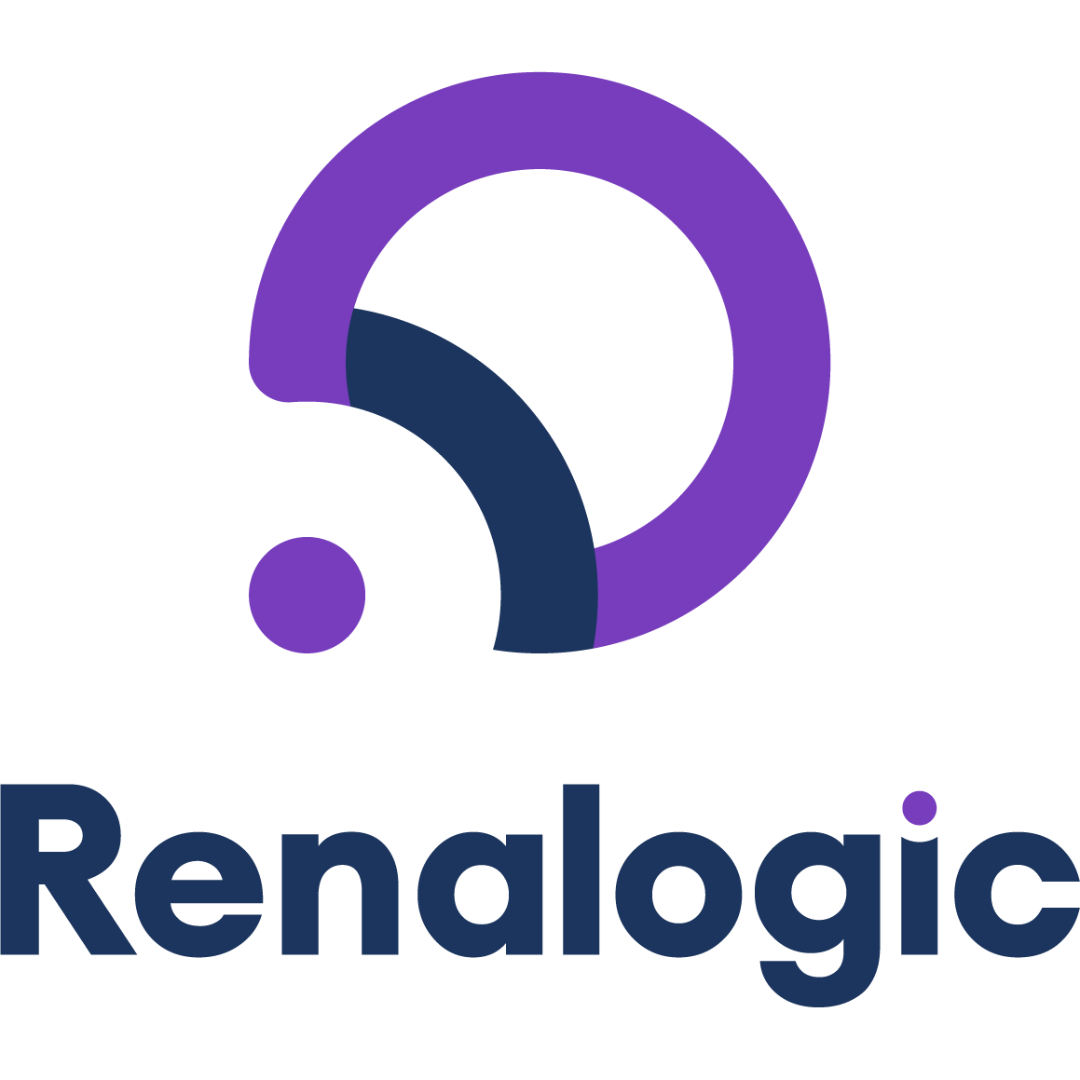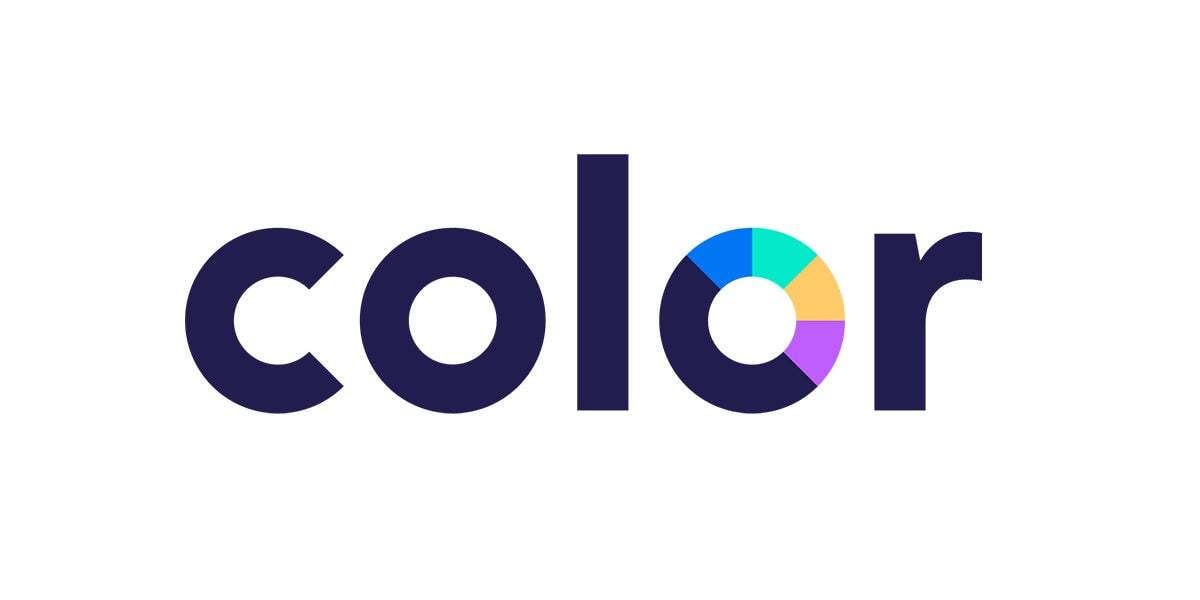How Digital Health Can Cut Cost Pressures for CFOs

Chief financial officers are facing an existential crisis around health benefits. They want to ensure the wellbeing of their teams but are in an increasingly difficult position as soaring healthcare expenditures threaten their businesses.
With these macro trends in mind, an exclusive group of top corporate leaders recently gathered for Sword’s Executive Circle event in New York City to exchange ideas for responding to this looming threat.
Among their biggest takeaways: A value-added approach to benefits and healthcare—especially with the adoption of digital health—can not only mitigate rising costs and increase profits, but also create a competitive advantage for companies.
With healthcare costs continuing their relentless climb, the average U.S. company spends 6.5% of its revenue on healthcare benefits—a figure projected to surpass 9% by 2031, according to Garner. These skyrocketing costs threaten profitability, competitiveness, and workforce wellbeing, forcing financial leaders to rethink how they manage healthcare spending.
Healthcare inflation has created a perfect storm for employers:
Rising premiums: Employer-sponsored health insurance costs rose by 7% in 2023 for a second straight year, bringing the average cost of family coverage to $19,276, according to figures by the Kaiser Family Foundation. These costs are expected to rise again in 2025.
Employee affordability challenges: To manage costs, many companies have shifted to higher-deductible plans, increasing out-of-pocket expenses for employees. These changes risk eroding workforce satisfaction and engagement.
Pressure on profitability: Companies face a projected surge in healthcare spending as a percentage of revenue, threatening their ability to invest in growth and innovation.
In this environment, traditional healthcare strategies are no longer sufficient. CFOs and their finance teams must seek solutions that go beyond short-term cost containment to address the root causes of rising expenses.
Balancing rising costs with a commitment to employee wellbeing seems like a challenge with no winners in the end.
This is where innovation can drive a competitive advantage for forward-thinking organizations. Digital health programs are uniquely positioned to provide relief by delivering measurable savings, improved employee outcomes, and enhanced productivity.
Solutions such as Sword Health offer a sustainable path forward by targeting the drivers of high healthcare costs, such as avoidable ER visits, unnecessary surgeries, and chronic conditions like musculoskeletal (MSK) pain.
By leveraging the latest in AI and virtual technology to deliver care at scale, digital health can drive outcomes that will resonate with the priorities of benefit leaders and their CFOs:
Surgical care, imaging, and other expensive procedures are inevitably the biggest drivers of healthcare costs for large employers. A solution that can target the highest risk members before they turn to costly interventions can save companies millions of dollars every year. For example, by identifying and engaging these “super spenders” at least 6-8 months ahead of their potential MSK surgery, Sword can prevent costly downstream healthcare usage, and offer a clear and measurable ROI for cost-sensitive companies.
Healthcare doesn’t need to be only a cost center—it can be a strategic asset that can enhance company performance. By opening up access to high-quality care, digital solutions can better support populations to become more engaged, focused, and capable of contributing to organizational success.
And unlike brick-and-mortar providers that are continually challenged by staffing shortages, digital health solutions like Sword can drive far greater engagement—at scale. For example, 50% of physical therapy patients in traditional settings drop out after just four sessions. At Sword, the average member participates in 32 sessions and 81% go on to complete their programs. That kind of engagement leads to a 68% increase in productivity, on average, for our clients’ populations.
CFOs and benefits teams are increasingly demanding accountability from healthcare vendors. During the early days of COVID, employers expanded benefit programs to drive retention. While many of these point solutions under-delivered on their promises, inflation and other factors have pushed vendors to increase prices.
That has driven companies to take a closer look at costs—and return on investment that they’re getting from these solutions. At Sword, we listened to the feedback about the need to show a clearer link between client fees and member results, and greater transparency around ROI. As a result, earlier this year, we made a big change by introducing what we call Outcome Pricing.
Under this groundbreaking pricing model, the fees we collect from our clients are directly tied to the measurable health improvements that members are seeing, ensuring that organizations only pay in full when our programs work in full. This shift from proxy metrics and utilization-based pricing to tangible outcomes aligns Sword’s incentives with client priorities, offering transparency and trust.
One of the greatest challenges in evaluating healthcare investments is aligning diverse stakeholder priorities:
For CFOs: Cost control and financial sustainability are paramount
For HR and benefits leaders: Employee satisfaction and retention remain critical
For managers: Improved productivity and reduced absenteeism drive operational efficiency
Digital transformation of your healthcare can be the one thing that drives value across the organization, satisfying all stakeholders. In this light, ROI in healthcare is less about penny-pinching and more about unleashing your workforce's full potential.
Why now is the time to act
As healthcare becomes an integral part of workforce strategy, digital health solutions like Sword represent a new standard in managing healthcare costs while improving employee outcomes. By delivering industry-leading ROI, reducing unnecessary spending, and supporting a healthier, more engaged workforce, Sword empowers CFOs to turn a growing financial challenge into a strategic advantage.
In an era of rising costs and growing demands on benefits programs, Sword offers a clear path forward: a sustainable, outcomes-driven approach that balances the needs of your business and your people.






























